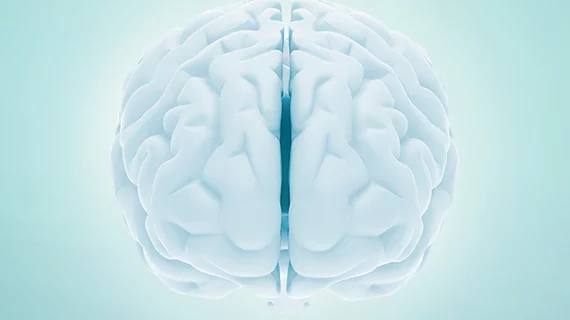Using fMRI, a team of researchers discovered combat veterans with severe post-traumatic stress disorder (PTSD) demonstrate distinct patterns in how their brain and body respond to learning danger and safety. The study may help explain why some experience more severe symptoms than others.
A prominent theory for why some symptoms of PTSD develop cite a traumatic event in which a person may learn to view the people, locations and objects during the event as dangerous if they become associated with the traumatic situation. PTSD symptoms emerge when things perceived to be safe during a threatening situation continue to ignite fearful responses after the event has occurred, according to the study published in Nature Neuroscience.
“Researchers have thought that the experience of PTSD, in many ways, is an overlearned response to survive a threatening experience,” said Susan Borja, PhD, chief of the National Institute of Mental Health’s Dimensional Traumatic Stress Research Program, in a statement. “This study clarifies that those who have the most severe symptoms may appear behaviorally similar to those with less severe symptoms, but are responding to cues in subtly different, but profound, ways.”
Daniela Schiller, PhD, with the Icahn School of Medicine at Mount Sinai in New York City, and colleagues had combat veterans with different levels of PTSD complete a reversal learning task which paired two mildly angry human faces with a mildly aversive stimulus. Participants first learned to associate one face with the mildly aversive stimulus, while the second phase reversed the task as the veterans learned to associate the second face with the mildly aversive stimulus.
All veterans completed the task, but the researchers found smaller amygdala volume and less precise tracking of the negative value of the face stimuli in the amygdala independently predicted the severity of PTSD symptoms. They also found differences in other brain regions involved in threat learning, like the striatum, hippocampus and dorsal anterior cingulate cortex.
“What these results tell us is that PTSD symptom severity is reflected in how combat veterans respond to negative surprises in the environment—when predicted outcomes are not as expected—and the way in which the brain is attuned to these stimuli is different,” Schiller said. “This gives us a more fine-grained understanding of how learning processes may go awry in the aftermath of combat trauma and provides more specific targets for treatment.”
The study was primarily funded by the National Institute of Mental Health, part of the National Institutes of Health and the National Center for PTSD.

